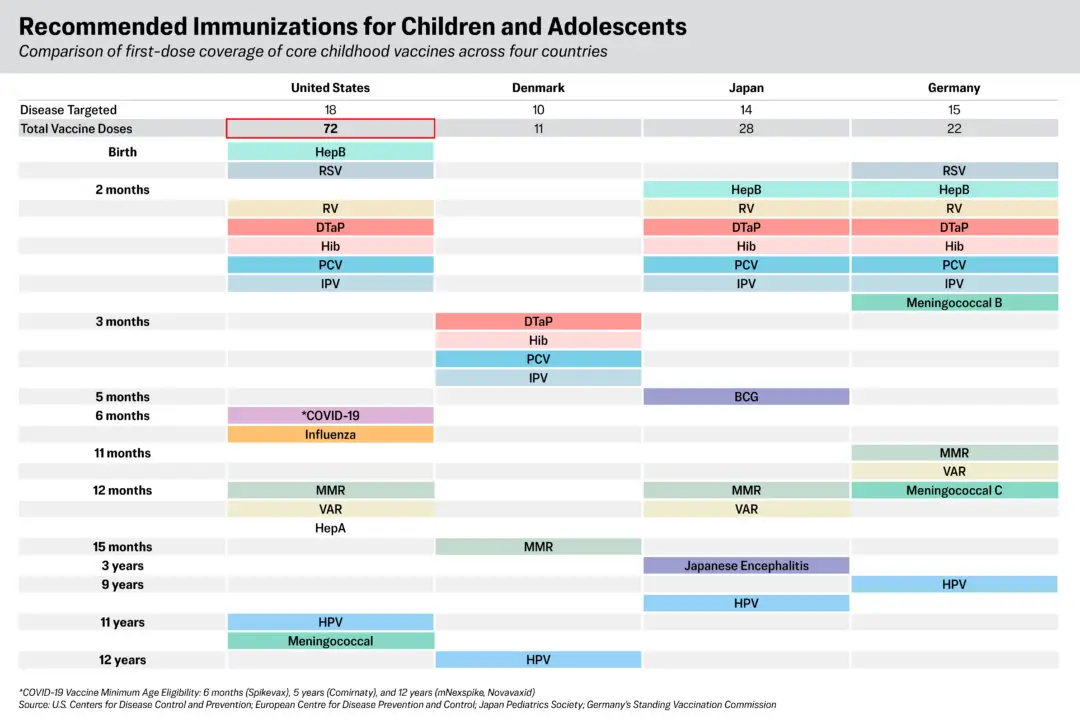Some trees have existed for thousands of years, their lives spanning across cultures and dynasties, their roots growing thicker and deeper each year. What are the oldest trees in the world?
1. Unnamed Pinus longaeva
-Location: White Mountains, California, USA
This tree was cored in the late 1950s but the man who cored it didn’t get a chance to date the core before he died. Tom Harlan at the Laboratory of Tree-Ring Research recognized the core in 2012 as the oldest verified tree in the world, at 5,062 years old (currently 5,063), and still alive. Pictures of this tree are not available and few know the exact location. The White Mountains in California, with slopes going up to 11,500 feet and a peak of 14,252 feet, are east of San Jose and part of the Inyo National Forest, which is next to Yosemite National Park.
2. Methuselah, Pinus longaeva
-Location: White Mountains, California, USA
This tree held the record for many years until the one listed above took over; Methuselah is not marked because of fear of vandalism of some sort, though the grove of trees it is part of is publicly accessible. To put its age in context, Methuselah was about 1,350 years old at the birth of Pharaoh Ramses II (estimated around 1300 BC), according to Peter Lance of the University of North Carolina at Chapel Hill. The Pinus longaeva, known commonly as the Great Basin bristlecone pine, intermountain bristlecone pine, or western bristlecone pine, and is under threat of extinction. These trees are found in clusters in California, Nevada, and Utah. Where does the longeivty come from? The bristlecones grow very slowly and the trees’ wood is “very dense and resinous,” so it is resistant to invasion by insects, fungi, and other potential pests, according to Robert Westover, a public affairs specialist with the United States Forest Service.
3. Zoroastrian Sarv, Mediterranean cypress
Location: Abarkuh, Yazd, Iran
The third oldest tree in the world, dubbed Prometheus, was cut down in the 1960s for research (later described as a sort of accident), so the Sarv is now estimated to be the third oldest living tree in the world. It is pegged at about 4,000 years old. Trees have a special place in Iranian art forms and culture, according to the Earth Watchers, a non-profit that helps preserve the Earth’s heritage. In Zoroastrian culture, each person had a duty to plant a young tree, naming it after a baby; and both would grow together. The Zoroastrian Sarv is an Iranian national monument and tourist attraction--an urban park has been built around it. Its height has been estimated as high as 91 feet, and a trunk as thick as 59 feet at some points.
4. Unnamed, Fitzroya cupressoides
Location: Chile
Some say this spot belongs to the Llangernyw Yew, in a village in North Wales, that is estimated to be at least 4,000 years old. However, there is insufficient information available about the Yew to put it on this list. The Chilean Fitzroya, commonly known as the Patagonian Cypress, is endangered in the country because of its use as timber. Two researchers, Antonio Lara of the Laboratory of Tree-Ring Research and Ricardo Villalba of the Department of Geography at the University of Colorado, determined that one of these trees in the Andes mountains has lived for over 3,000 years. It is now 3,642 years old.
All of these first four trees are definitely alive or believed to be alive. The next five oldest trees in the world, all in Sierra Nevada, California, are all dead.
People claim that some trees, such as the aforementioned Llangernyw Yew, are part of the oldest trees in the world. If verified the oldest tree in the world would be one of two trees in the village of Bechealeh in Northern Lebanon called “The Sisters,” which are estimated to be over 6,000 years old. The two trees are known for producing an award-winning extra virgin olive oil.





